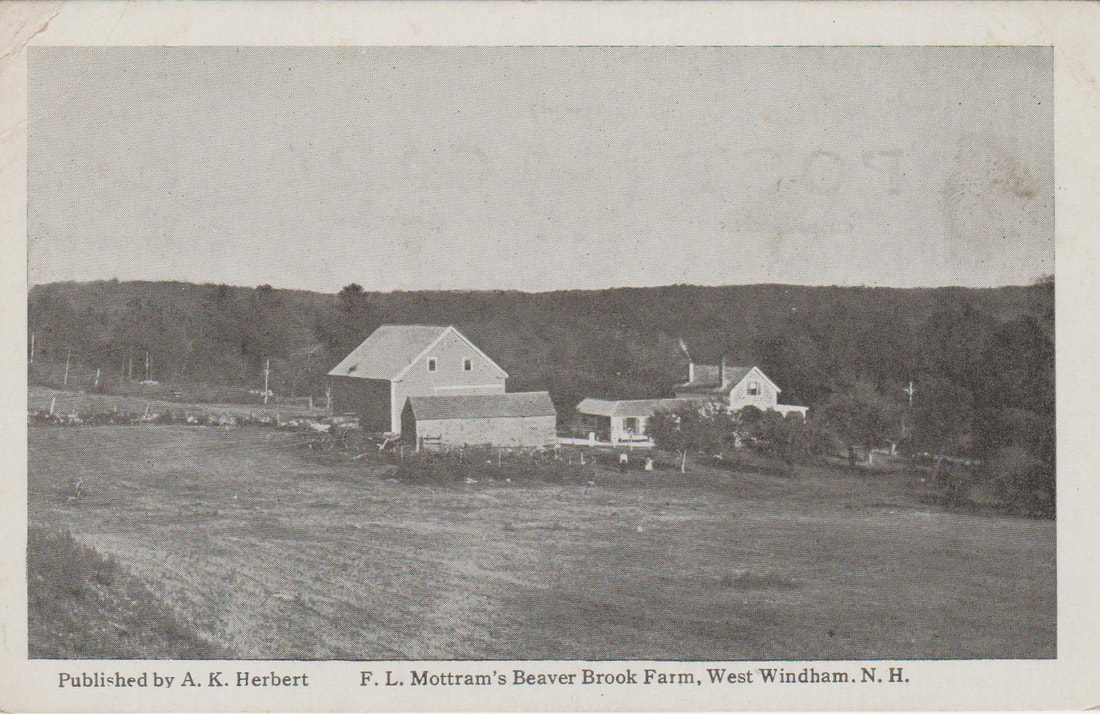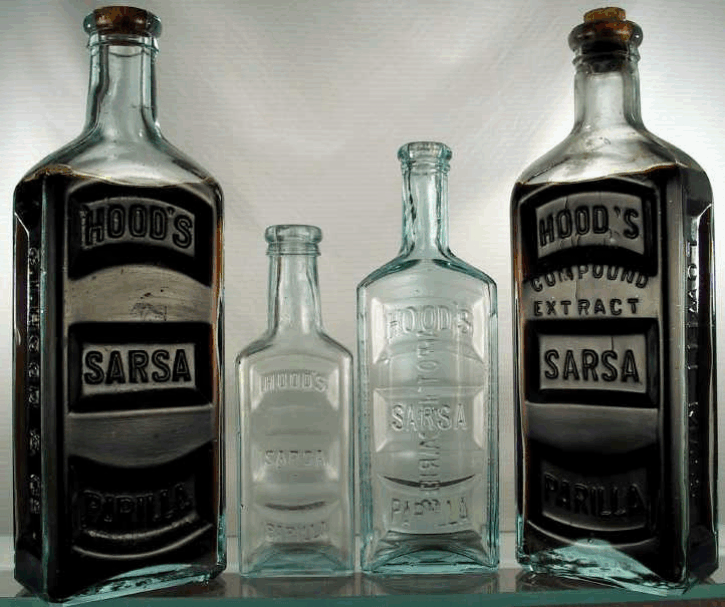|
In the summer of 1904, readers of the classified ads in The Boston Globe would inevitably come across numerous ads for summer boarding houses located in the more rural areas outside of Boston. Promising an escape from the crowded, hot city, operators of boarding houses were able to generate additional income, and possibly even exchange room and board for some chores on the farm. An unidentified "private family" in Windham ran the simplest of ads, promising just a "quiet place, plenty of milk". While we'll likely never know how successful this one line ad was, it's basic amenities would certainly have appealed to some. Many of those running boarding houses in Windham were a bit more verbose and complete with their advertisements. At Beaver Brook Farm, F. L. Mottram rented a "limited" number of rooms at the bargain rate of $7 per week. For $7 a vacationer from the city could enjoy "attractive surroundings, abundant shade", conveniently located near a train station in West Windham. $7 seems to have been the going rate at that time, as other boarding houses in town rented rooms at that low price. What bought pleasant surroundings and shade at Beaver Brook Farm would have also paid for a week's stay at Brookside Farm in West Windham. Brookside offered not only a "pleasant location", but amenities including a "good table", a piano, "large airy rooms", nearby fishing and boating, as well as "church accommodations." Moving across town, $7 also paid for a week at Elm Farm. For just $1 per day, boarders at Mrs. Kane's Elm Farm were treated to "good milk, eggs, cream, berries" as well as a piano and "free" church accommodations, and even a telephone connection! The lure of a few days in the country at a farmhouse endured for decades, as although the ads mentioned above date from the first quarter of the twentieth century, newspaper ads seeking summer boarders appeared in newspapers as far back as the 1880s. In that decade an unidentified Windham resident, with post office box #75, advertised "fun and comfort" and asked that interested parties inquired for more information.
0 Comments
The late 19th century is notable for a rise in medical quackery. Before increased regulations by the FDA in the first quarter of the 20th century, entrepreneurs throughout the nation capitalized on a trend towards the use of patent medicines to cure all illnesses from cancer to the common cold; whatever you had you could be fairly certain there was a bottle of something to cure it! Many of these "medicines" were combinations of herbs, alcohol, and often useless ingredients. While many of those peddling patent medicines never found great success, there are a few who built large brands and great wealth. One such operator was C. I. Hood of Lowell, MA. What started with a single medicine expanded into a line of liquids and pills, sold as being effective remedies for purifying the blood and curing any ailment you might have. Hood's Sarsaparilla was one of the company's best selling products, and its sales were supported by a significant advertising budget. Hood used a variety of advertising premiums, such as trade cards and souvenir photographs of the world, to market his most popular medicine. Included in the advertising strategy were newspaper ads which would have appeared in newspapers throughout New England. Many ads featured testimonials from those who saw their health improve after taking the famous sarsaparilla. Undoubtedly folks in Windham gave the miracle liquid a try, and according to an 1882 newspaper ad, a Mrs. Cole of Windham had great success with the concoction. According to the ad she was covered in 37 "terrible sores" and her life was saved after taking Hood's Sarsaparilla. Whether Hood's medicine was responsible for her recovery is unknown, but one can be fairly certain there was a bottle or two of Hood's Sarsaparilla in the homes of Cole's friends and neighbors once they witnessed her improvement.
|
AuthorDerek Saffie is an avid Windham historian who enjoys researching and sharing his collection with all those interested in the history of the New England town. Archives
November 2019
Categories
All
|


